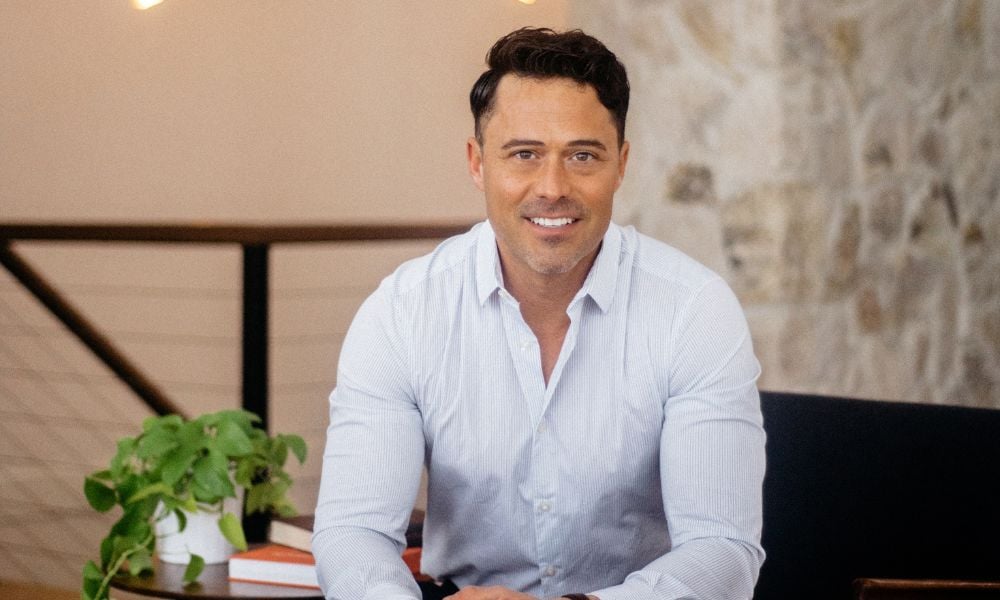Philanthropic planning expert explains why 'philanthropy' can be a dirty word, and how the meaning of 'impact' has evolved

With a $1-trillion generational transfer of personal wealth well underway – that began in 2016 and should run its course by 2026, according to the 2019 Investor Economics Balance Sheet Report - Canada – it’s become critical for advisors to engage with members of the millennial generation. That means understanding not just how they communicate, or how they invest, but also how they approach charitable giving.
“From what I’ve seen and heard, millennials do view charitable giving and the word ‘philanthropy’ itself in a very different way,” says Candice Jay, Vice President of Connor, Clark & Lunn Private Capital. Jay is a member of the Canadian Association of Gift Planners (CAGP) and Founding Member of CAGP’s National Professional Advisor’s Council. “To them, it's about more than giving money. They want to make an impact through their actions, and they want to get deeply involved in what they're giving towards.”
Members of Gen Y, Jay says, want to contribute their time and their abilities to support their chosen causes. While some might have the capacity to contribute thousands of dollars, they often want to get their hands dirty by participating in efforts to build schools or restore communities, for example.
While those types of activities would traditionally fall under the umbrella of philanthropy, Jay suggests that advisors and charities be cautious when using the term “philanthropy” in discussions with millennial clients or donors as it could be a turn-off for some of them. She recommends using phrases and words like “contributing back to society,” “giving circles,” “generating impact,” “community building” and “leaving your legacy.”
“More broadly, a lot of clients are thinking about how they create impact not just through their investments, but also in their giving,” Jay says. “One way is to consider what they’re contributing to, and whether that gift is supporting a cause that aligns with their values, missions, and passions. In traditional philanthropy, you’d also want to see how many cents on the dollar goes toward the actual cause and the vision, versus just administration.”
But a new definition is emerging. According to Jay, clients are increasingly looking for impact in terms of the actual outcome of the activities done by the charities and causes they give to. That falls squarely in line with a recent survey of charitable people and families by KPMG Canada, which found almost three quarters of donor respondents agree that measurable impact is key in choosing which causes to support.
For advisors who aren’t familiar with the world of philanthropy, answering charitable planning questions beyond matters of tax optimization might be challenging. Getting beyond that barrier might require guidance from a group of supportive peers who are passionate about giving back to charities and helping clients with their philanthropic planning.
To that end, Jay encourages all advisors to join the CAGP Professional Advisors Group Mentorship community, which has expanded from its roots in Toronto into a community that extends across Canada.
“I think it's going to be extremely exciting and interesting to see how the next generation of ‘legacy creators’ evolve, and I think the advisors who focus on answering those sorts of questions for clients will be extremely rewarded,” she says. “Having that expertise in strategic philanthropy, and knowing you’re able to facilitate gifts to worthy causes, is a huge part of the reward.”



